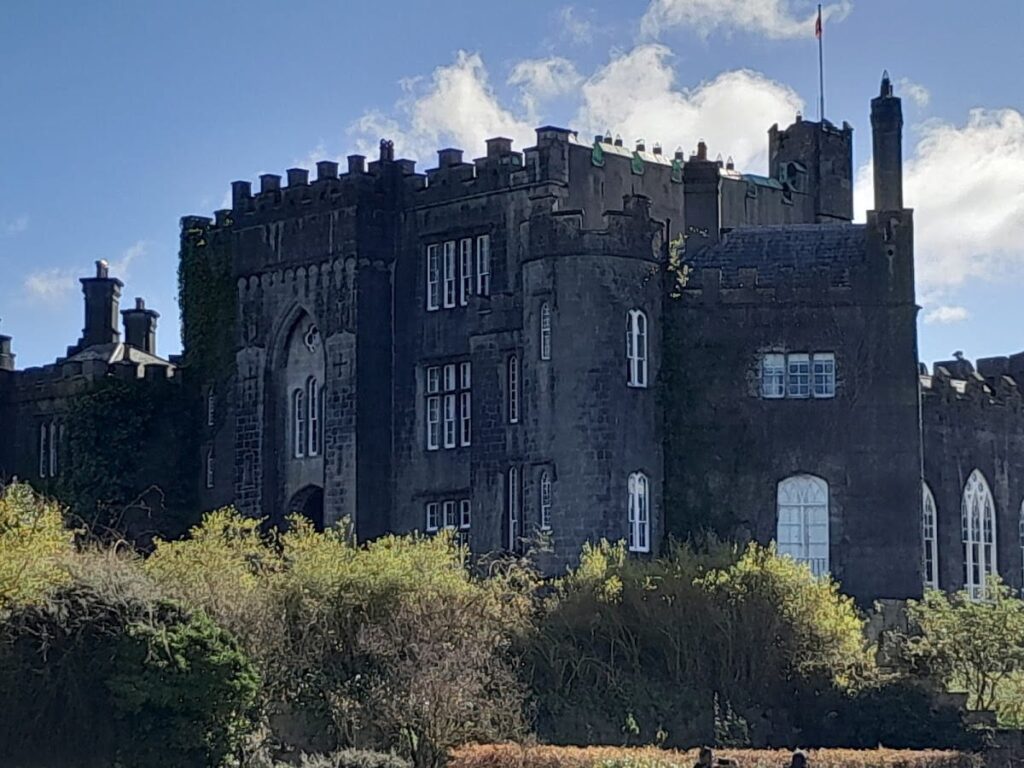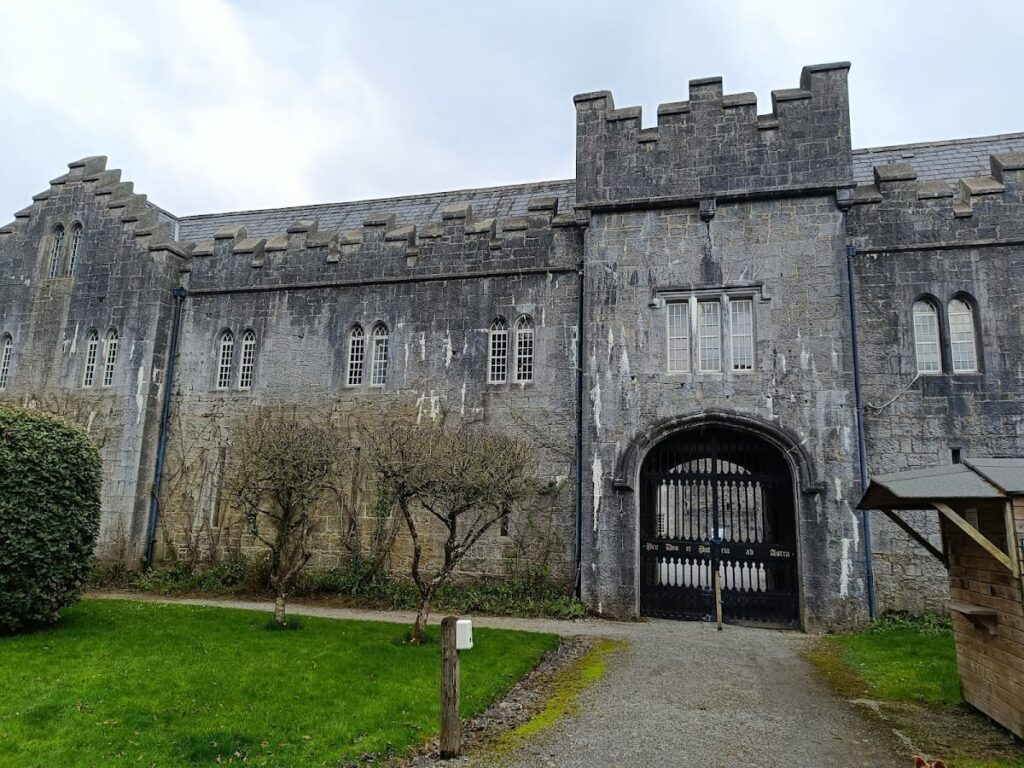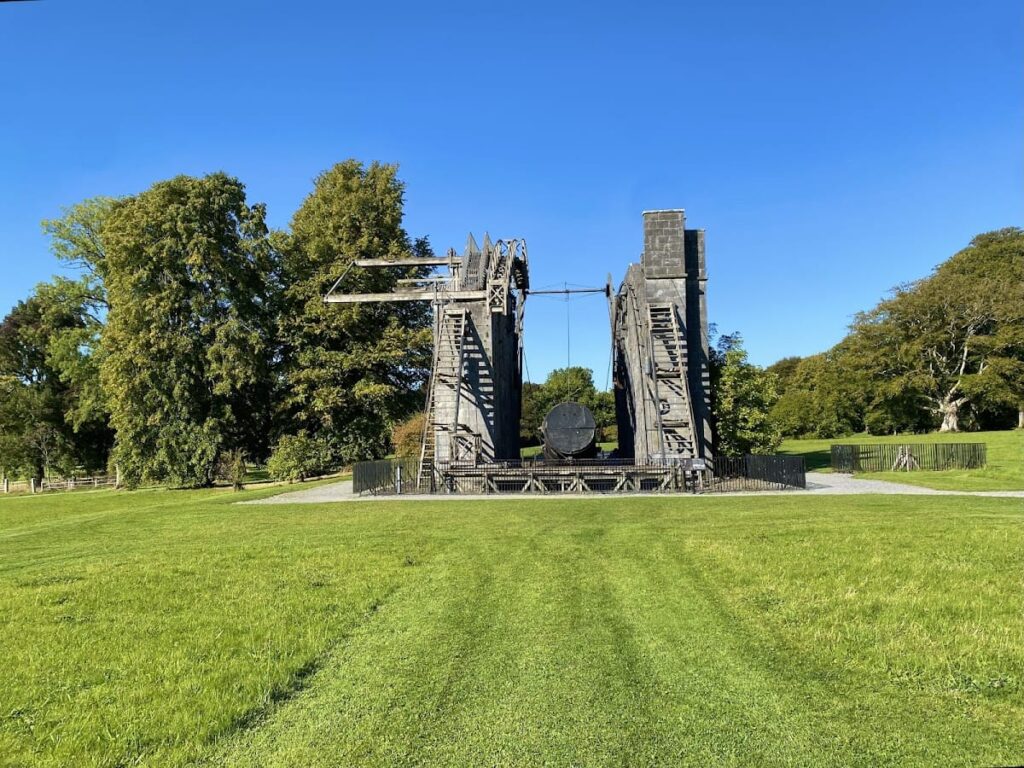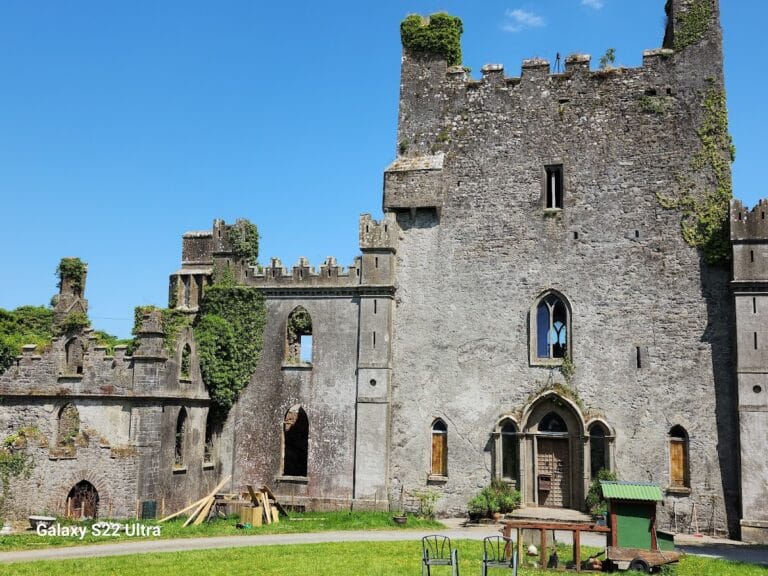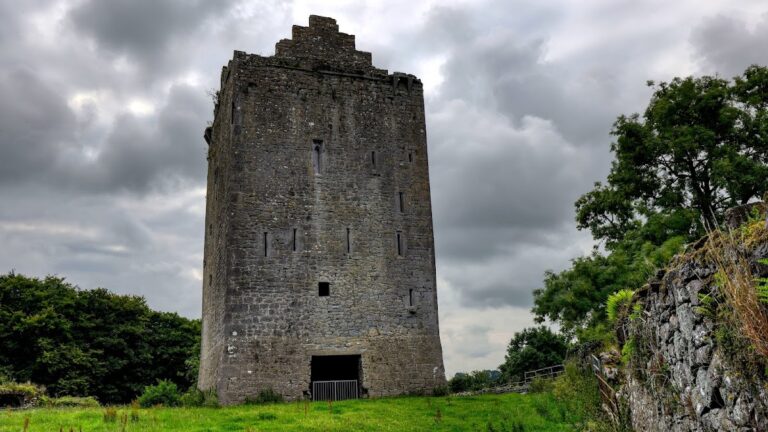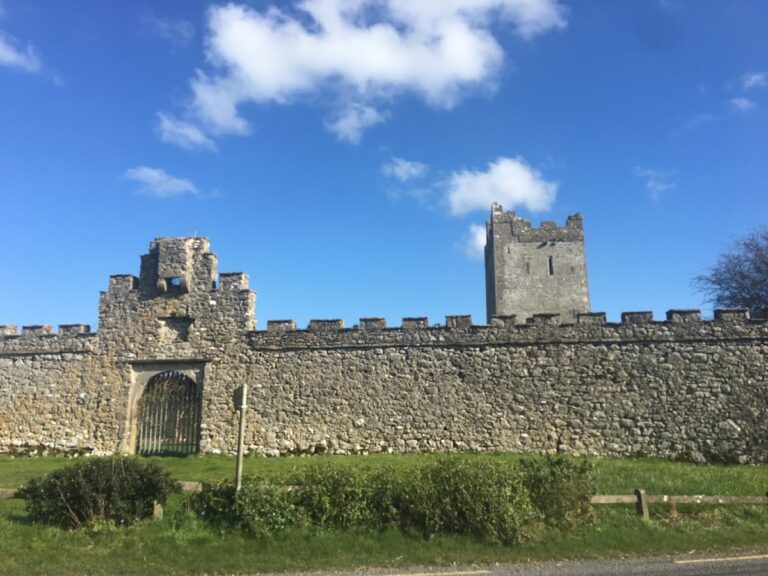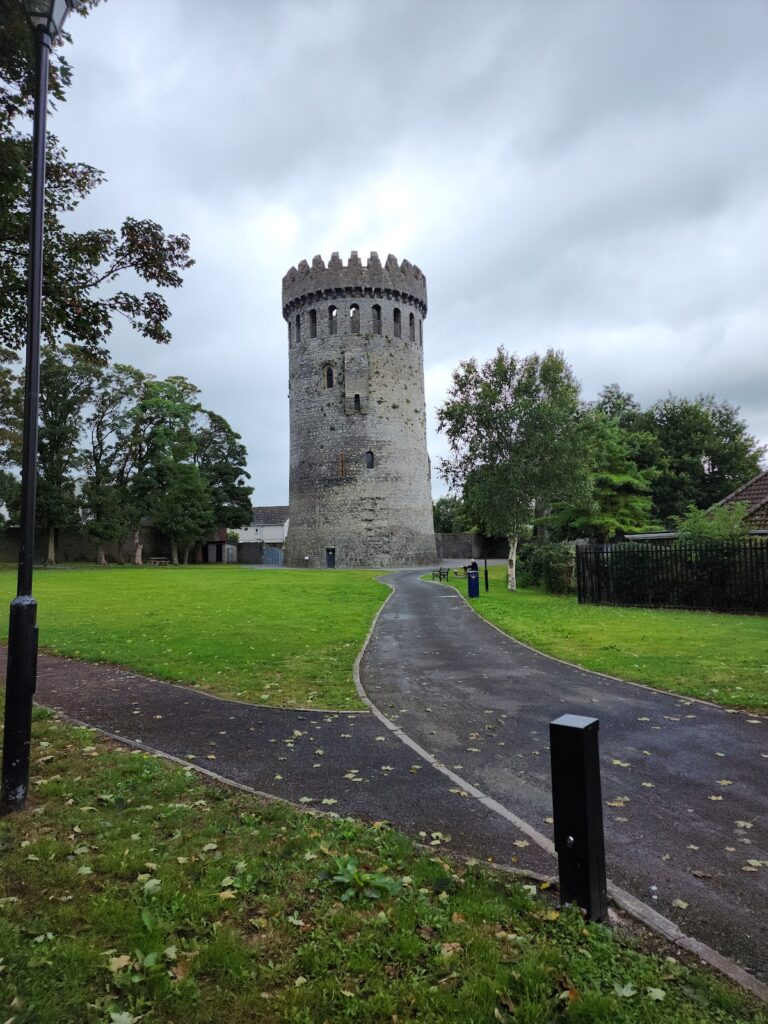Birr Castle: A Historic Irish Castle and Center for Astronomy
Visitor Information
Google Rating: 4.6
Popularity: Medium
Google Maps: View on Google Maps
Official Website: birrcastle.com
Country: Ireland
Civilization: Medieval European
Remains: Military
History
Birr Castle is located in Rosse Row, Townparks, Birr, County Offaly, Ireland. The site has hosted a castle since 1170, originally established as an Anglo-Norman fortress. From the 14th century until the 17th century, it served as the stronghold of the O’Carroll family, rulers of the territory known as Ely O’Carroll.
In 1620, after the death of Sir Charles O’Carroll, the castle and surrounding lands were granted to Sir Laurence Parsons. Parsons commissioned English masons to build a new castle near the original O’Carroll Black Tower gatehouse. This reconstruction included the addition of diagonal flankers to the gatehouse, shaping the castle’s present layout.
Following the deaths of Laurence Parsons and his elder son Richard, the castle passed to the younger son William Parsons. William endured a 15-month siege during the Irish Rebellion of 1641. After the civil war, his son Laurence, who became a baronet in 1677, undertook refurbishment of the castle.
In the early 19th century, Laurence Parsons, 2nd Earl of Rosse, further rebuilt the castle, raising its height and adding Gothic architectural elements. His son, William Parsons, 3rd Earl of Rosse, constructed the “Great Telescope,” also known as the Leviathan, completed in 1845. This 72-inch reflecting telescope was the largest in the world for many decades and established Birr as a center for astronomy, attracting notable visitors such as Charles Babbage and Napoléon Eugène, Prince Imperial.
The 4th Earl of Rosse, Laurence Parsons, continued scientific investigations at Birr, including studies on the heat of the moon. After his death in 1908, the telescope fell into disuse. Its mirror was relocated to the Science Museum in London, and around 1914, the telescope’s metal framework was melted down for World War I efforts. Wooden parts were demolished in 1925 for safety reasons.
Restoration efforts in the late 1990s led to a full reconstruction of the Great Telescope, making it operational and accessible once again. In the 21st century, Birr’s astronomical tradition was revived with the establishment of the I-LOFAR radio telescope station, operated by Trinity College Dublin. This modern facility is part of a European network and is located on the castle’s demesne.
In 2025, Birr Castle, together with Dunsink and Armagh Observatories, was placed on the UNESCO World Heritage Tentative List, recognizing its historical and scientific significance.
Remains
Birr Castle’s current layout centers on a large stone structure featuring a gatehouse flanked diagonally by two projecting towers called flankers. This design dates from the early 17th century when the Parsons family rebuilt the castle near the original O’Carroll Black Tower gatehouse, which no longer survives.
The castle was heightened and given Gothic architectural features in the early 1800s by the 2nd Earl of Rosse. The surrounding demesne includes Ireland’s oldest wrought-iron bridge, constructed in 1820, located close to the castle.
Within the grounds are walled gardens containing box hedges over 300 years old. These hedges hold a Guinness World Record for being the tallest globally. The castle grounds also house Ireland’s Historic Science Centre museum, which displays collections related to astronomy, engineering, photography, and botany. The museum preserves the photographic darkroom of Mary Parsons, Countess of Rosse, considered the oldest surviving darkroom in the world.
The Great Telescope, or Leviathan of Parsonstown, is a 72-inch reflecting telescope built in 1845. Although dismantled in 1914, it was fully restored in the 1990s. The telescope’s structure remains on site and is accessible, with occasional demonstrations.
The demesne also contains a modern radio astronomy installation, the I-LOFAR station, consisting of 384 antennas, including 192 dual-polarization units. This station is the westernmost in the European LOFAR network and is situated between the Rivers Camcor and Little Brosna near the County Tipperary border.
A plantation of Californian sequoia redwoods, known as Giants’ Grove, is also part of the grounds and is available for sponsorship. The castle is separated from the wider parkland by a dry moat and an internal gate on a bridge. The main entrance leads through a courtyard that includes the Science Centre, café, and shop.
The River Camcor flows through the demesne, entering near the castle, passing through a pond, and eventually joining the Little Brosna River.
